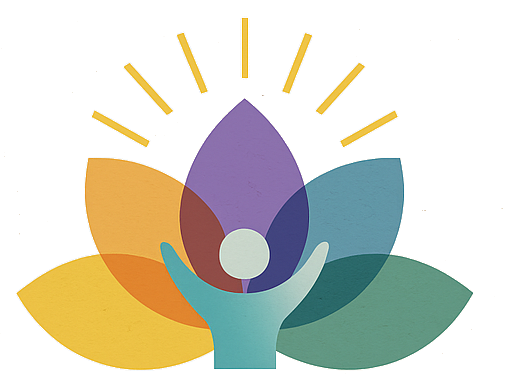Unleashing the Power of Objectives
A competency, or complex skilled performance, is composed of many small or elements necessary to perform the competency.
These elements are defined in educational terms by the domains, unique areas of influence in learning.
Cognitive domain is concerned with intellectual or thinking activities. The behaviors are sequenced from the simple act of recalling information to the more complex mental processes of thinking and problem solving.
Knowledge
Comprehension
Application
Analysis
Synthesis
Evaluation
The Affective domain is concerned with the feeling and emotional aspects of human function. The behaviors range from awareness of feelings, to values, to the most complex emotional activity of acting on a value system.
Awareness
Willingness
Valuing
Committment
Organization
Characterization
The Psychomotor domain is concerned with physical activities. The behaviors are sequenced from the simple act of perceiving objects, to the complex behavior of creating new motor actions.
Perception
Set
Guided Response
Mechanism
Adaptation
Origination
Our Original Problem was that after our training, our employee was still
Stuffing items in too small of boxes or having them “swim” in too large of boxes.
And we were still getting Customer calls that the items were cracked or damaged.
From there we analyzed the skill of packing in behavioral terms and concluded that packing requires:
the ability to mechanically work the tape gun and -other packing tools – Doing
The ability to be able to create a new type of box out of other boxes when you do not have the correct size box for the items being shipped. – Thinking
A willingness to visualize how the box may be thrown around during shipping and how to add packing materials that will protect the items inside the box. – Feeling
he ability to apply the standards of packaging set by the business to each box. – Thinking
Now we need a bit more specific information to set our training objectives.
Objectives are the steps along the way of your course design that enable learners to achieve the desired outcome or competency. They are the road map through the course. Objectives also serve as the foundation for you and your learners to assess performance to determine whether the objective, and then the competency has been met or not through the learning experience.
Objectives are developed from Domains of Learning.
The domains of learning are presented below to give you a feel of the hierarchy. Within CFAL you will be exploring objectives within objectives, because the deeper you go, the more precise your objectives will be and the more targeted your learning experiences in facilitating learner competence.
Thinking skills belong to the Cognitive Domain of Learning. Feelings and Attitudes are in the Affective Domain, and physical skills are in the Psychomotor Domain of learning.
Below demonstrates how course objectives are derived from our skill and behavioral analysis. Don’t worry about sounding professional. Sound like you. There are over 1.5 billion websites out there, but your story is what’s going to separate this one from the rest. If you read the words back and don’t hear your own voice in your head, that’s a good sign you still have more work to do.
Using the Domains of Learning for a mini course on Packing a Box.
Behaviors required to Pack a Box
Objectives for a mini course on Packing a Box
Packing an item in a box requires:
The physical, hands-on part of packing requires
Psychomotor domain Level 4 mechanisms – to mechanical work the tape gun and other packing tools) and
Psychomotor domain Level 5 adaptation – to be able to create a new type of box out of other boxes when you do not have the correct size box for the item
Deciding what type of box to use and what padding is needed requires an
Affective domain Level 3 – willingness to visualize how the box may be thrown around during shipping and how to add packing materials that will protect the items inside the box.
Cognitive Domain Level 3 –pack the box the way the business determined to be the safest and most cost effective.
By the completion of this mini course, participants will be able to:
Use a tape gun to prepare and seal a box effectively and efficiently.
When necessary, create a different shape and size of a box that will pass shipping regulations.
Select appropriate size box for products in the order.
Determine the appropriate amount of packing material to avoid product damage if the box is dropped.
Apply written standards of packaging set by the business to each box for safety and cost effectiveness.
Objectives clarify the expectations for and adult learner. Without objectives every experience becomes a guessing game. Learners ask themselves “OK, so what was I suppose to learn from that lecture” or tell themselves “I know that all ready, I really don’t want to be here” or just ignore what is going on in the class and think about something else.
Adult Learning is collaborative learning, with learner and teacher exchanging information, so that by the end of the training, the learner has attained the competency intended. Specifically, telling a student what to do is rarely congruent with achieving the most elements of a competency. It’s rote performance, without the ability to adapt to changing circumstances.


